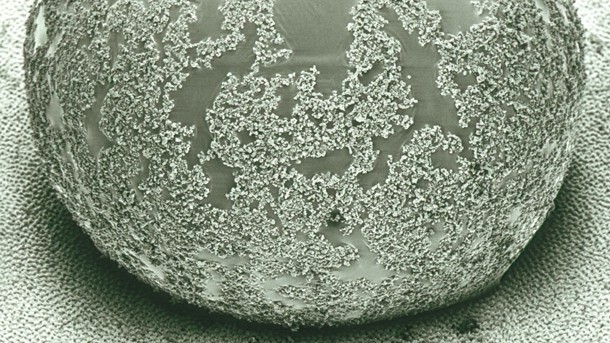Don't keep food S&T secrets from consumers

To combat the problem, the food and drink sector must be more open about the cutting-edge science and technology (S&T) it uses to make products if it is to be more successful, Nicole Patterson-Lett, Leatherhead Food Research's principal analyst, has urged.
Innovations, such as nanotechnology, were changing the face of the food and drink sector, yet consumers knew almost nothing about them, she told delegates at a Health Ingredients Europe conference in Amsterdam in December.
The food industry should talk about the S&T it was using to make products better, such as the use of nanotechnology to make salt particles smaller to reduce salt content.
Be more open
“Food and drink firms could be more open in telling consumers how they are innovating,” said Patterson-Lett “I think it’s important and could help firms build trust.”
More than half of consumers (51%) claimed to have heard of nanotechnology, but only 20% said they knew what it was, according to a survey of 1,092 UK consumers and 1,011 Russian consumers, she added.
If consumers had a better understanding of the potential S&T like nanotechnology could bring to them, such as making products healthier or cheaper, they would be more inclined to support it, which could drive more innovation in the sector.
“What’s really important is to explain the benefits and I don’t think this is happening – maybe the industry thinks it’s very scary for the consumer,” she questioned. “But the majority of consumers want to know more about food S&T.
Safe
“Consumers might see something they’re not familiar with and, despite it being safe for them, they may think it is artificial or has chemicals in it, even though it doesn’t,” she added.
More consumers also wanted to know “what’s in it for them”. They will want to know what a product is going to do for them and how the S&T has helped. They would need as much information as possible to achieve this, said Patterson-Lett.
“You have to explain the benefits of the science you’re using, it’s not enough to give a message such as ‘antioxidants’, because consumers want to know what's in something in much greater detail,” she added.
















